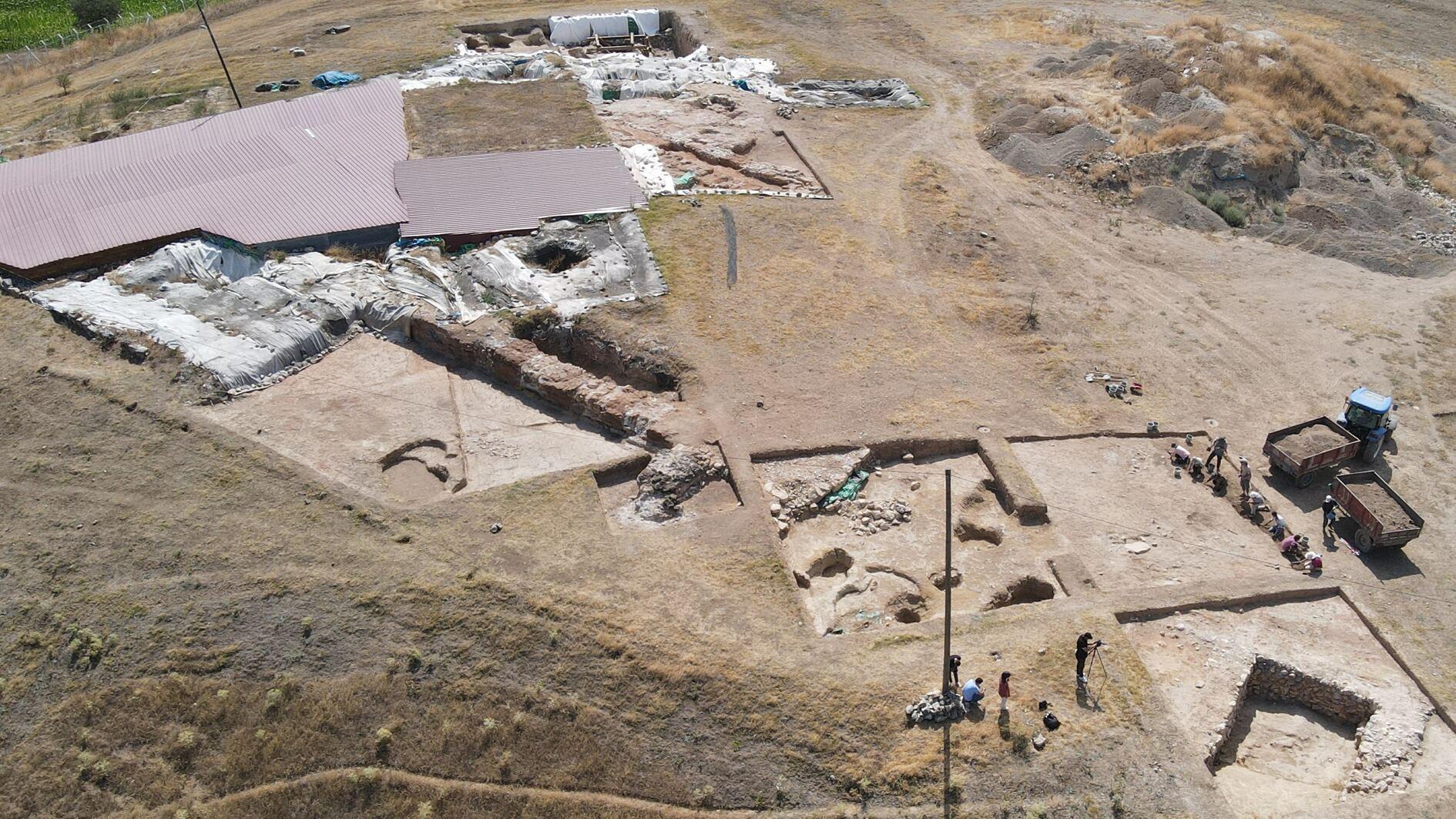
Archaeological excavations at Oymaağaç Mound in the northern province of Samsun’s Vezirköprü district, identified two decades ago as the Hittites’ sacred city of Nerik, have this year uncovered traces of the indigenous Kaska people, long described in Hittite texts but rarely evidenced archaeologically.
Work at the site has been ongoing since 2005 under the Culture and Tourism Ministry’s “Heritage for the Future” project.
Excavation team deputy head Mehmet Ali Yılmaz said that researchers have entered their 20th season, focusing in recent years on the mound’s northwestern section. “We previously identified the temple of the Storm God, which allowed us to confirm without doubt that this was Nerik,” Yılmaz said. “Now we are seeking answers to other questions, such as when the settlement first emerged.”
Radiocarbon dating and artifacts point ot habitation as early as 4500 B.C., but the current phase has revealed significant remains from both the Iron Age and the Middle Bronze Age.
Yılmaz noted that the Iron Age architecture uncovered bears strong ties to the region’s traditional building methods, combining wood, mudbrick and stone — a continuity visible even in today’s villages.
Most strikingly, the new finds suggest the presence of the Kaskas, a local people often in conflict with the Hittites. “The Kaskas remain a mystery. Who they were, how they lived — these are questions we hope future excavations will answer,” Yılmaz said, emphasizing that the research could shed light not only on Nerik’s role in Hittite religion but also on the cultural foundations that preceded it.